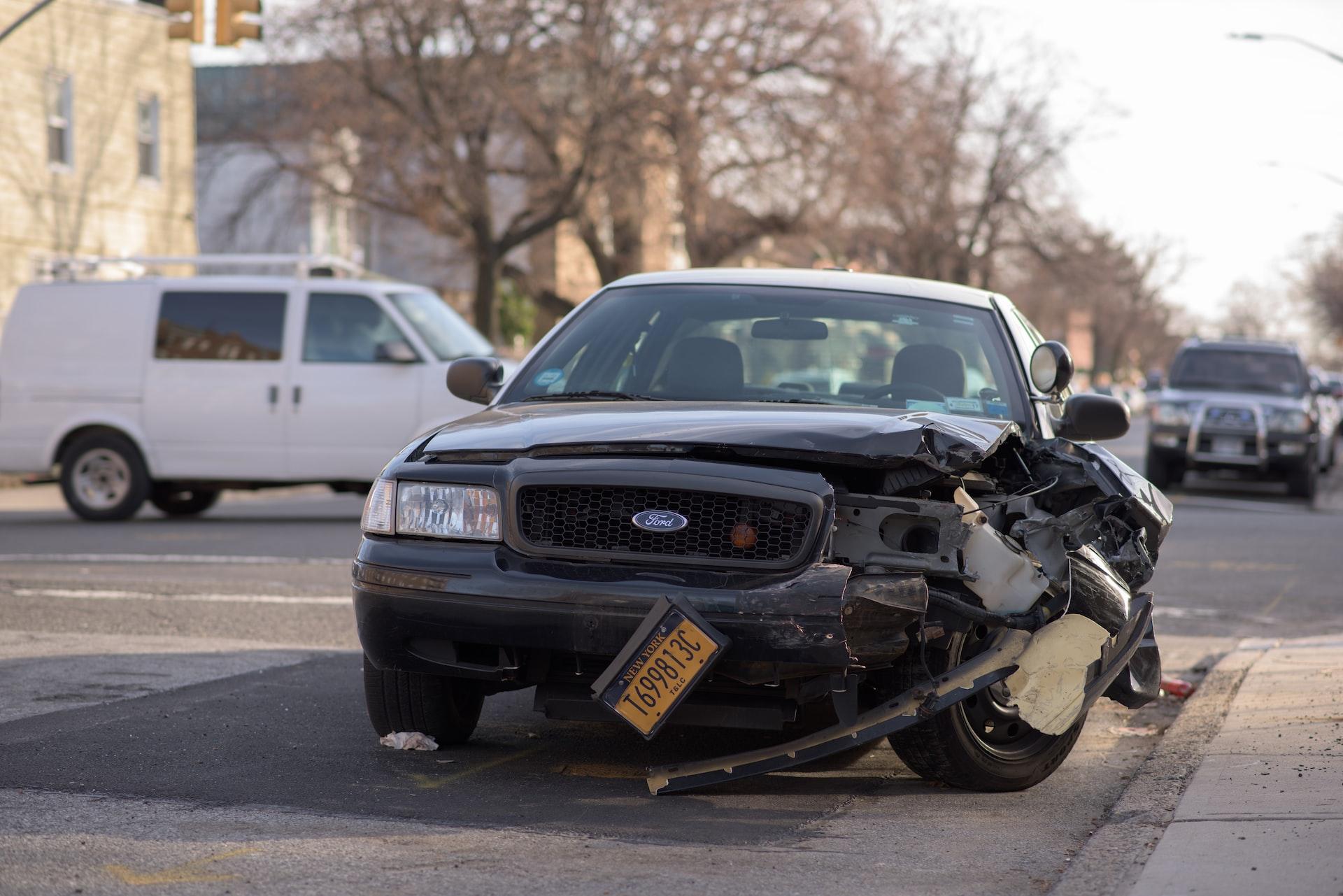No-Fault Law FAQs
-
What is No-Fault Insurance?
In 1973, New York State enacted the Comprehensive Automobile Insurance Reparations Act which supplanted common-law tort actions for most victims of automobile accidents with a system of no-fault insurance. Under the no-fault system, prompt compensation for losses incurred by accident victims is to be made without regard to fault or negligence. In simpler terms, in New York, if you are injured in an automobile accident, your own insurance company reimburses you for your "basic economic loss" resulting from the accident, regardless of whether the accident was your fault or not. "Basic Economic Loss" includes up to $50,000.00 per person of the following combined items:
- Health service bills incurred
- Loss of earnings from work missed
- All other reasonable and necessary expenses incurred, up to twenty-five dollars per day for not more than one year from the date of the accident causing the injury
New York's No-Fault system allows individuals injured in automobile accidents to get medical treatment and be reimbursed for their lost wages without having to fight insurance companies over who was at fault for the accident itself. Whether you know it or not, the right to payment of No-Fault benefits is part of your automobile insurance policy.
-
When and where should I file my No-Fault claim?
The No-Fault Law requires that "in the event of an accident, written notice setting forth details sufficient to identify the eligible injured person, along with reasonably obtainable information regarding the time, place and circumstances of the accident, shall be given by, or on behalf of, each eligible injured person, to the applicable No-Fault insurer, or any of their authorized agents, as soon as reasonably practicable, but in no event more than 30 days after the date of the accident, unless the eligible injured person submits written proof providing clear and reasonable justification for the failure to comply with such time limitation."
Medical providers who render health services to an eligible injured person should file their claim with the insurance company that covers the car in which the injured was an occupant (either as passenger or driver) or, if the injured person was a pedestrian, with the car that struck them. If the injured does not know the vehicle that struck them, or if the vehicle was uninsured, he or she may file a claim with the insurer of a household family relative who had an automobile policy at the time of the accident. If there was no auto policy in the household, he or she should file a claim with the Motor Vehicle Accident Indemnification Corporation (MVAIC). Additional information on MVAIC can be obtained on its web site (www.mvaic.com) or by calling (646) 205-7800.
-
If I file a No-Fault claim and it is denied, do I have any options?
Yes. The insurance company is required to act in good faith when handling your claim. If the insurance company unnecessarily denies your claim, or fails to promptly settle it, you can sue them for bad faith, breach of contract, and/or for violating of New York State's insurance code. Therefore, it is crucial that you promptly seek out a law firm that handles insurance coverage litigation, such as Abrams, Fensterman, if you believe the insurance carrier is not handling your claim fairly.

